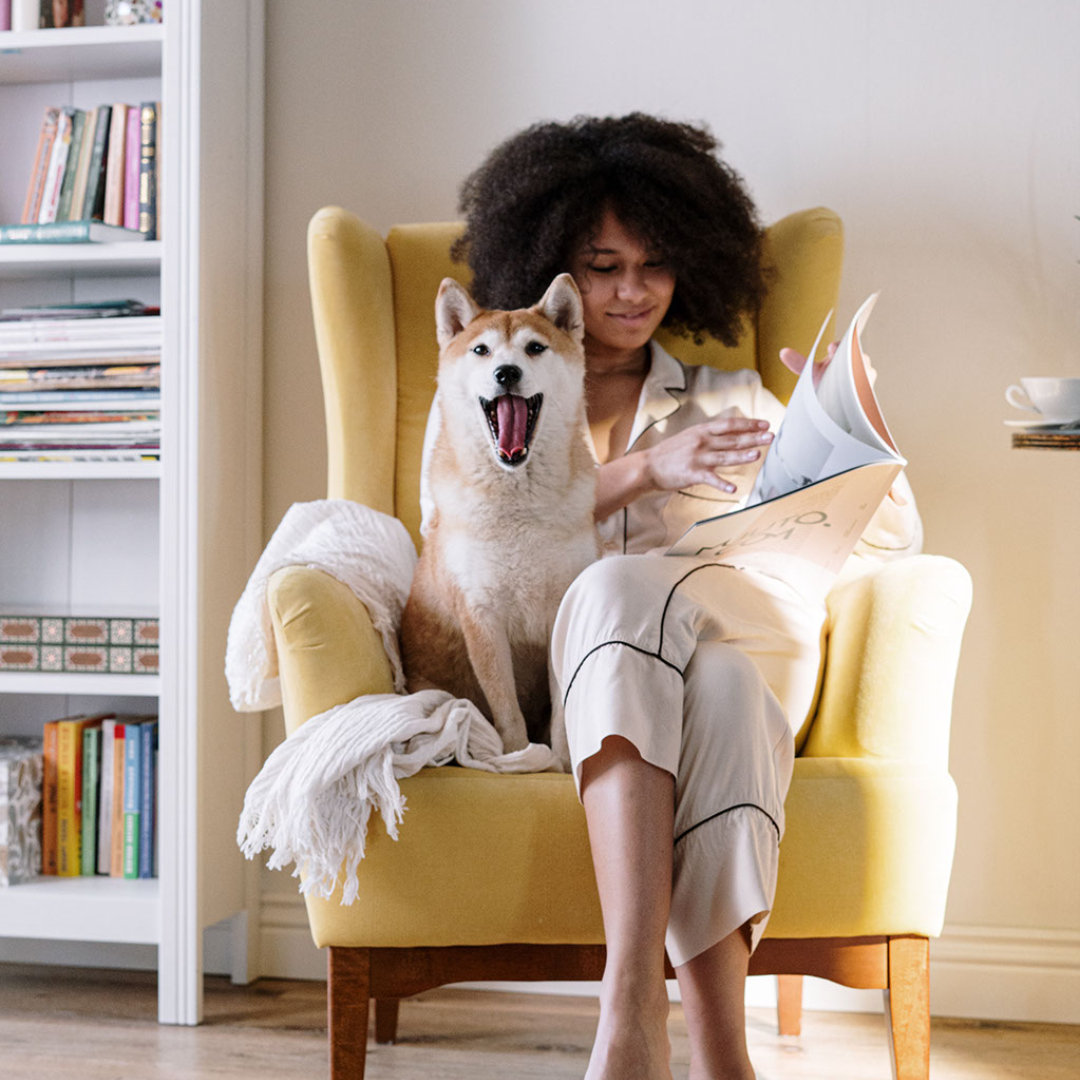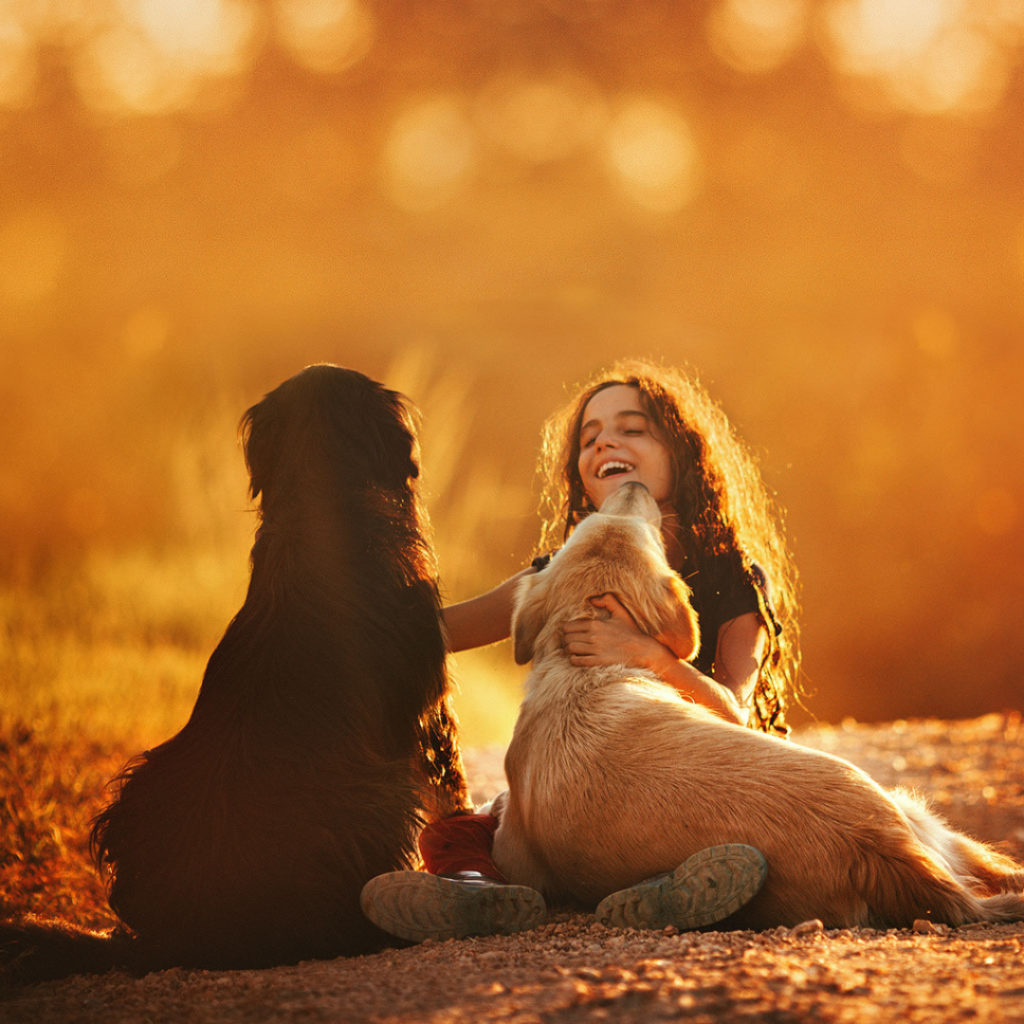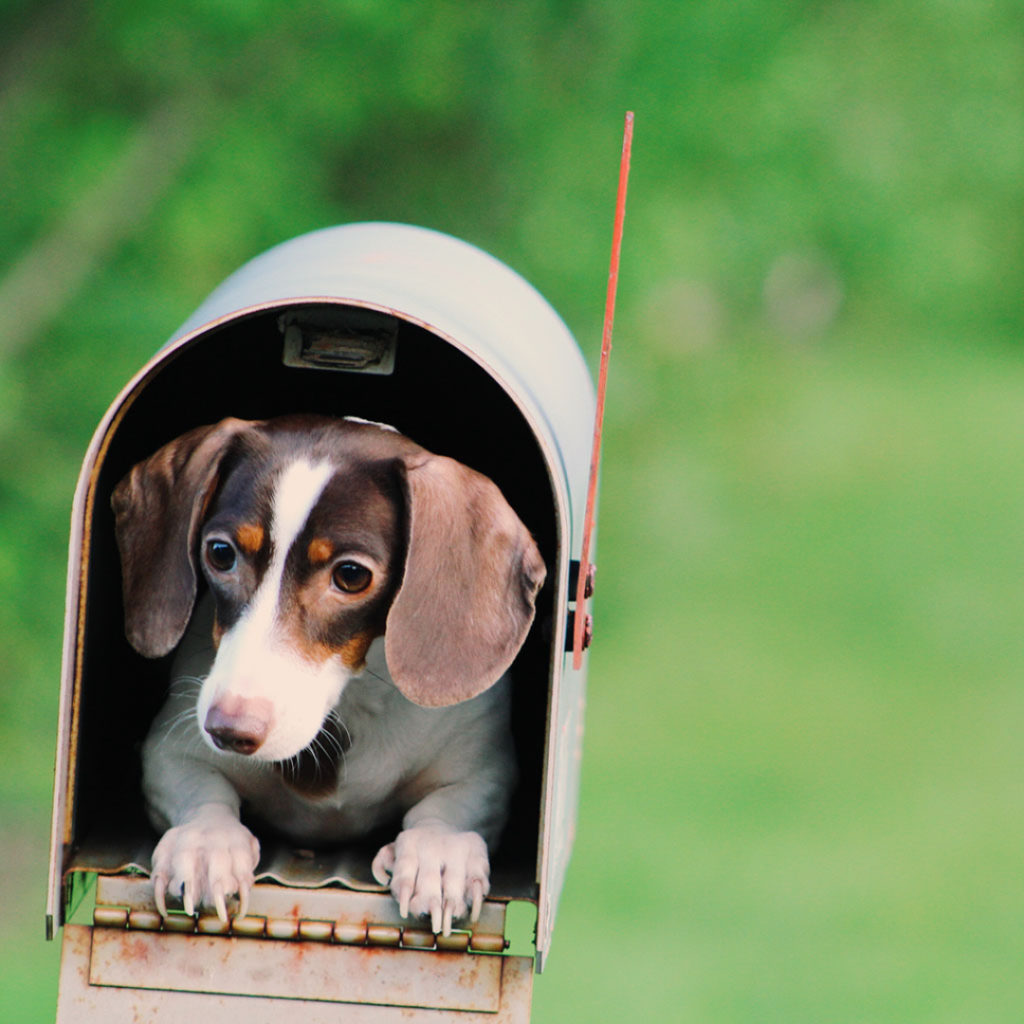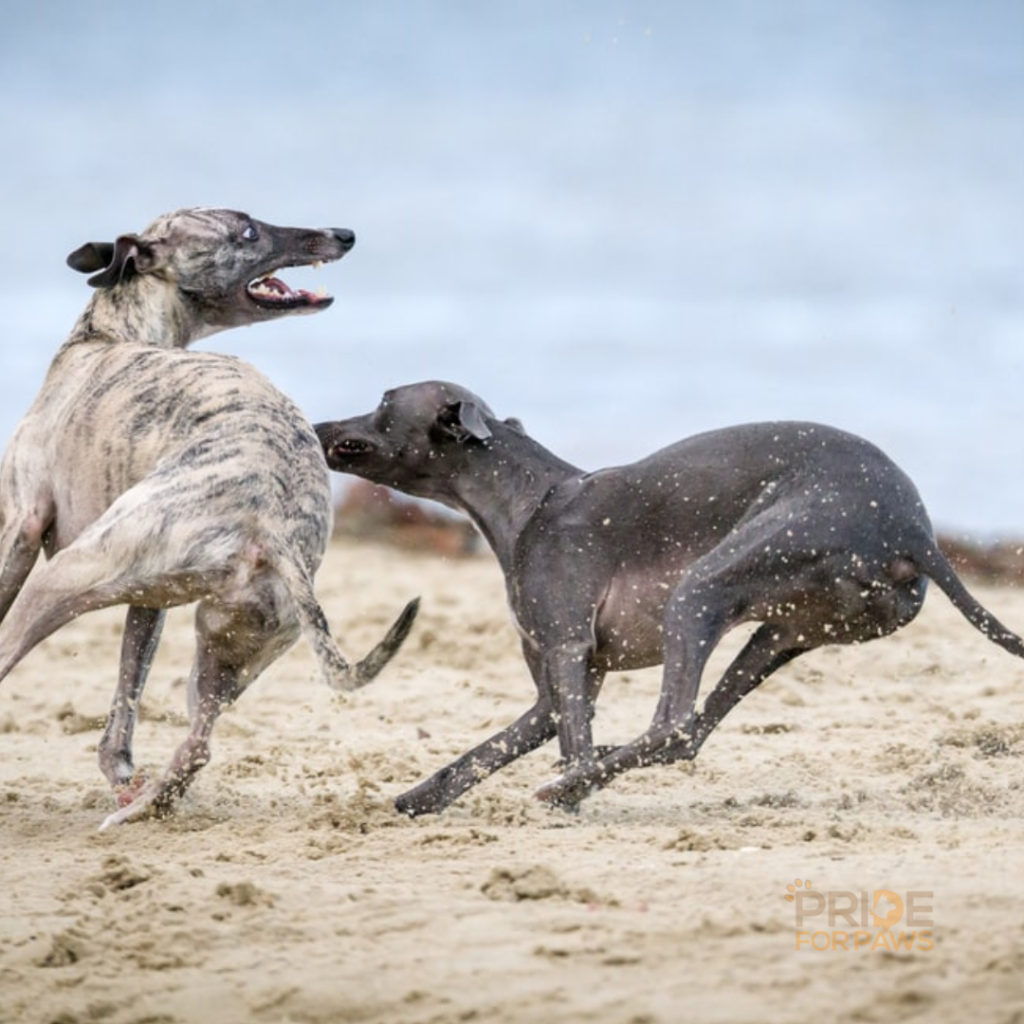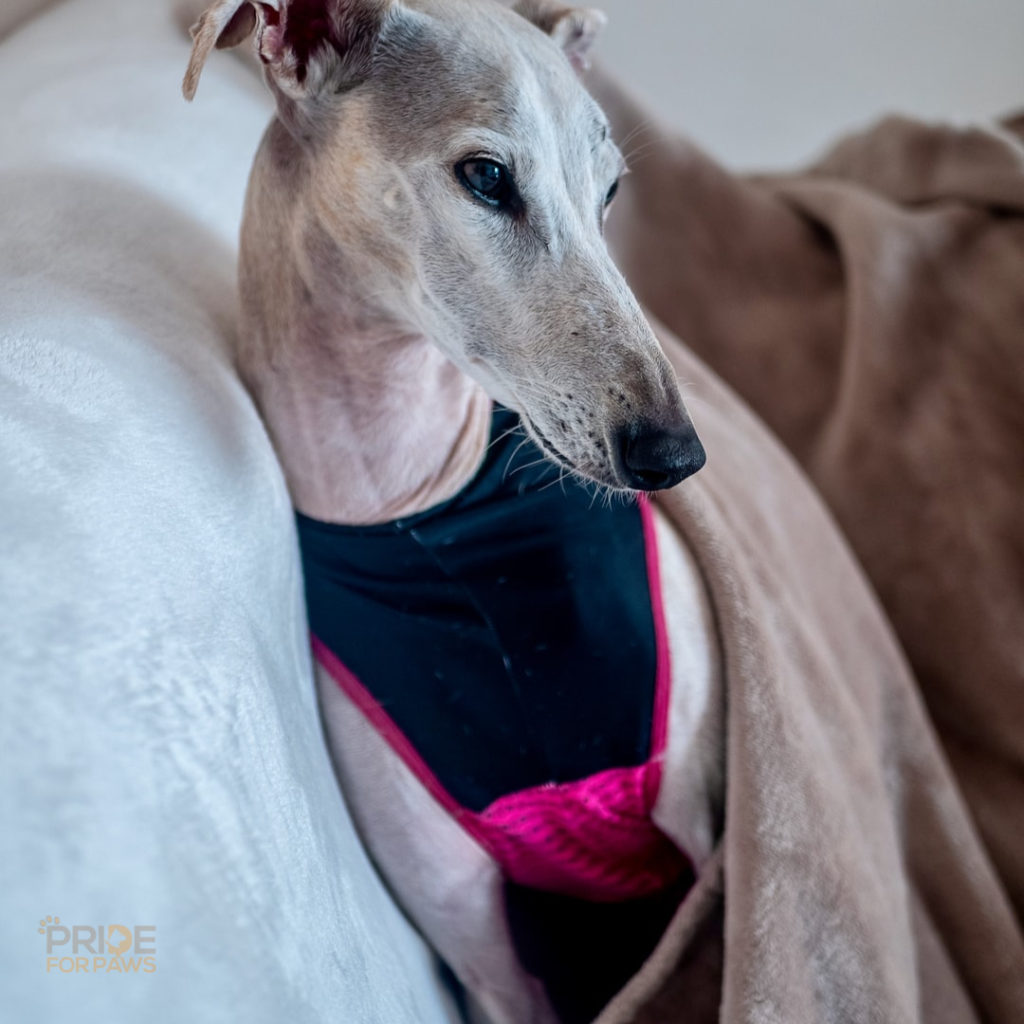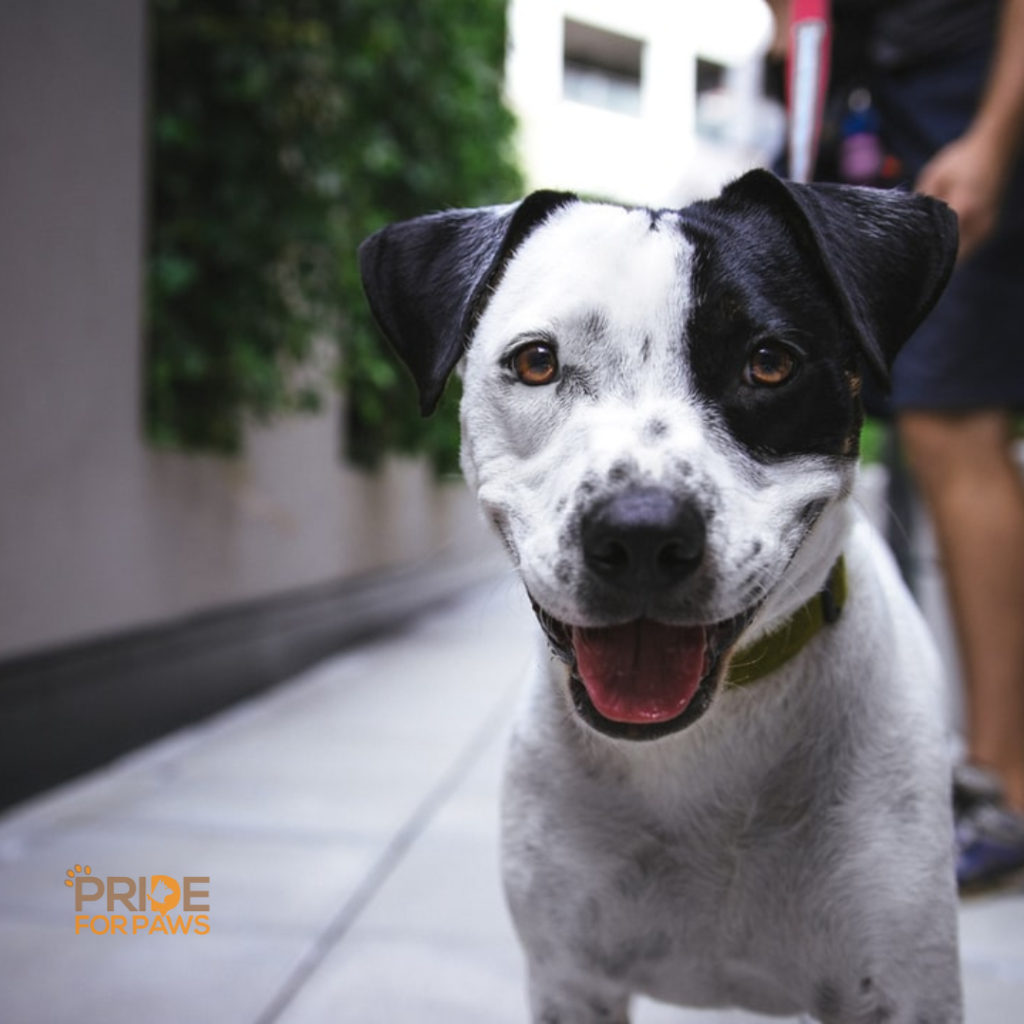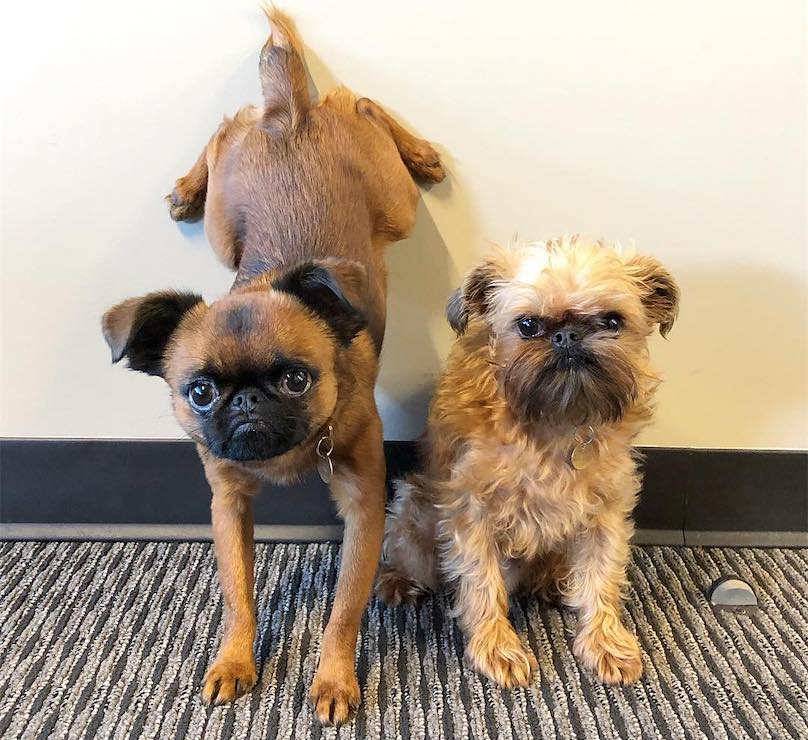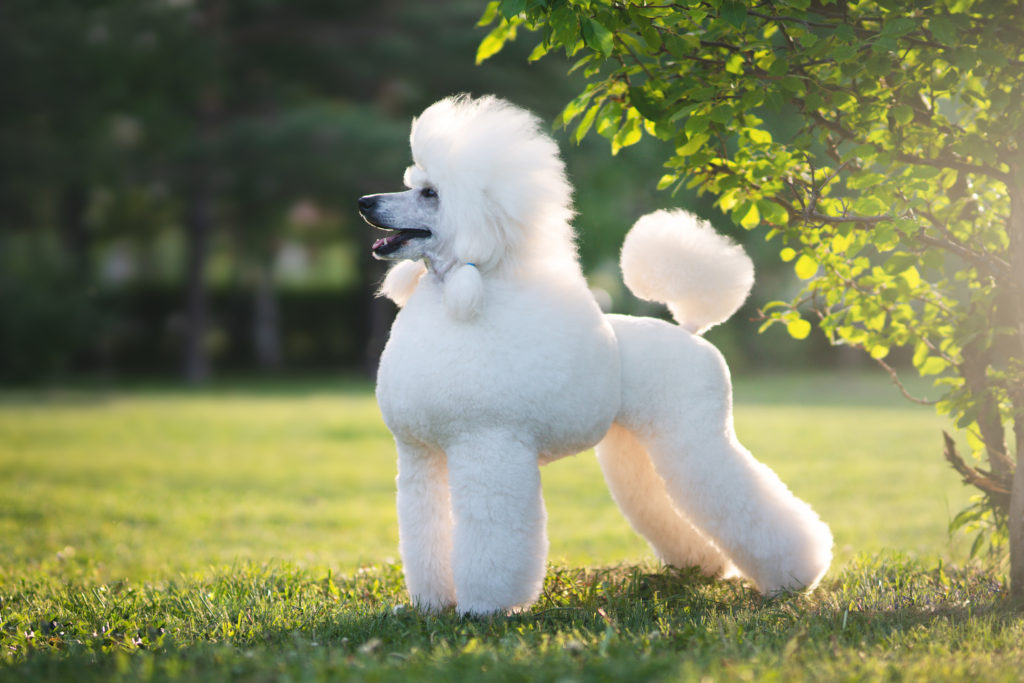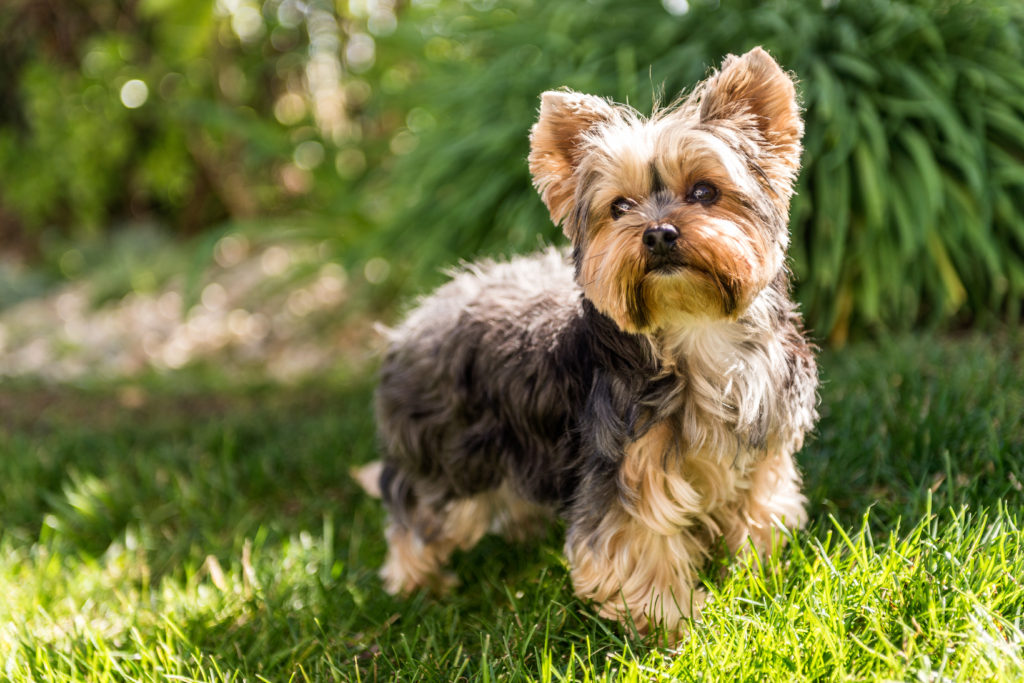How Much Dog Food Per Day?

To ensure your beloved companion receives the vital nutrients necessary for a vibrant and healthy life, it’s crucial to provide them with the right amount of nourishment.
While gauging the perfect number of belly rubs for your canine friend is a straightforward joy (hint: there’s no such thing as too many), determining the precise quantity of sustenance they require can be a bit tricky. But fret not, as we’re here with a helpful guide to simplify this process.
Today’s discussion revolves around everything related to feeding. Get ready for a revelation, as we delve into understanding just how much dog food per day is ideal to keep your furry friend content and thriving!
Navigating Nutritional Needs: The Impact of Age on Feeding Requirements
When contemplating the appropriate portion for your canine companion, what factors spring to mind? Weight may be a significant consideration, but don’t overlook the impact of age.
Indeed, age plays a substantial role, potentially requiring different feeding approaches or quantities based on your dog’s life stage. Therefore, the primary focus should be on acknowledging and understanding your dog’s age when serving up their meals.
Numerous guidelines exist to assist in determining the optimal feeding amount for your furry friend. Yet, the plethora of rules and information can be overwhelming. Fortunately, we’ve simplified it for you in a manner that’s easily digestible (yes, pun intended!).
Understanding Puppies Needs and Why
Let’s start by talking about giving your puppy food. Puppies need to eat more often than adult dogs.
Until they are three to six months old, your puppy should eat four times a day. After that, you can reduce their meals to three times a day.
When your puppy is between six to 12 months old, you can switch to feeding them two times a day. This routine will continue into their adult years.
It’s important to choose puppy food specially made for them. If you give them adult food, they might miss out on essential nutrients needed for proper growth.
The amount of food your puppy needs depends on how old they are and how much they weigh. Check the chart on your puppy food bag for specific guidance.
Following this chart ensures your dog gets the right nutrients during their puppy days.

What Adult Dogs Needs and Why it Matters
Now, let’s shift our focus to adult dogs. Most dogs transition into their “adult” eating habits around the age of one. Just like humans, as dogs grow up, their dietary needs change. This means both what they eat and how much they eat undergo a shift.
When it comes to feeding adult dogs, twice a day is generally the norm. It might be tempting to offer them more, but sticking to a consistent feeding schedule is crucial. Overfeeding your dog can lead to health issues, so moderation is key.
Deciding the right amount to feed your adult dog is where their weight comes into play. Each dog is unique, and the food requirements for an adult Chihuahua will differ from those of an adult Husky. Using their weight as a guide ensures you provide just the right amount for your furry friend.
What Senior Dogs Need
Now, let’s talk about our senior dogs. As your dog gets older, their metabolism tends to shift. This means the way their body processes food changes. Here’s a tip: If your dog is doing well on their regular adult food, you likely don’t need to switch them to senior food.
If you notice your senior dog shedding a few pounds, don’t worry. Weight loss is quite common as dogs transition from old to older. Increasing their food, especially with a higher fat content, can be helpful.
Remember, your vet is the go-to expert for your pet. If you spot significant changes in your dog’s diet or weight, a quick checkup with the vet can provide valuable insights on adjusting their feeding routine.
Finding the right balance in feeding your dog is crucial.
If you underfeed, your dog might face nutritional deficiencies. On the flip side, overfeeding can lead to obesity, bringing along a host of health issues such as musculoskeletal problems (like osteoarthritis, cruciate ligament ruptures, and intervertebral disk disease), congestive heart failure, labored breathing, Cushing’s disease, skin disorders, some types of cancer, a shortened life span, and a reduced quality of life.
To ensure your dog’s optimal health and well-being, providing the correct amount of high-quality dog food is key. It’s a simple yet impactful way to support your pet’s overall health and ensure they live their best, happiest life.
How to Determine the Right Amount of Food
Figuring out how much food is just right for your dog?
Just keep these factors in mind:
1. Type of Food: Different dog foods have different serving sizes.
2. Number of Feedings: How many times a day are you feeding your furry friend?
3. Dogs Weight: A crucial factor – heavier dogs might need a bit more.
4. Metabolism: Some dogs are high-energy, and some take it easy – that matters.
5. Exercise Level: Active dogs might need an extra scoop.
Now, grab your dog food bag and check out the feeding guide. It’s like your roadmap, showing you the perfect portions. Super simple, right? Happy feeding!

Pet Poison Hotline: 855-764-7661
CALL IMMEDIATELY to receive life saving advice and treatment for your dog
Understanding Breed and Size
- Toy Breeds (e.g., Pomeranians): Usually around ten pounds, feed about ⅓ cup for three pounds or ½ cup for six pounds.
- Small Breeds (e.g., Boston Terriers): Approximately 20 pounds, feed ¾ cup for ten pounds, 1 cup for 15 pounds, and 1 ⅔ cups for 20 pounds.
- Medium Breeds (e.g., Australian Shepherds): Varies but around 30 pounds, feed 1 ¾ cups for 30 pounds, 2 ¼ cups for 40 pounds, and 2 ⅔ cups for 50 pounds.
- Large Breeds (e.g., Golden Retrievers): Require more; feed three cups for 60 pounds, 3 ½ cups for 70 pounds, 3 ¾ cups for 80 pounds, and 4 ¼ cups for 90 pounds. If your dog weighs 100 pounds, increase to 4 ½ cups.
- X-Large Breeds (over 100 pounds): Add ⅓ cup for every ten pounds.
Age and Weight
Dogs of different sizes might need different food types. Larger breeds might need puppy food for a longer time to support proper growth.
An alternative is to explore the use of a calorie calculator designed for dogs. However, it’s crucial to note that while these tools may generate a specific number, your dog’s actual requirements could vary by as much as 25% more or less. CALORY CALCULATOR
Considering Activity Levels
Working dogs or highly active pets may need more food, especially with high-protein diets to support healthy muscles.
Quality Over Quantity:
Dogs of different sizes might need different food types. Larger breeds might need puppy food for a longer time to support proper growth.
- Quality matters. Sundays For Dogs offers high-quality, digestible, and tasty food with no questionable ingredients. Formulated by a veterinarian, it supports overall health, joint health, and features a high fiber content for easy digestion.
Remember, it’s not just about the right amount; it’s about the right type of food. Choose Sundays For Dogs for a perfect balance of nutrition and taste. Your furry friend’s well-being matters, and so does the quality of their food.
For much more excellent tips on your dog’s overall health as well as health needs, check out all of our Health Articles at PrideforPaws


